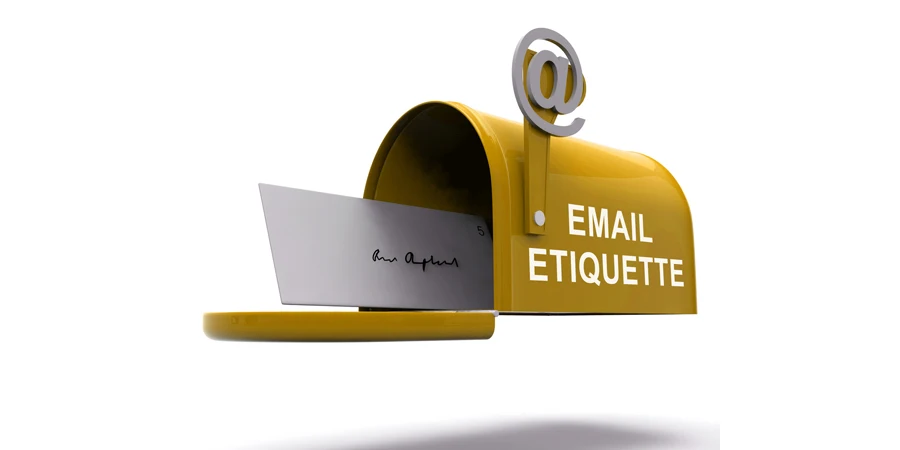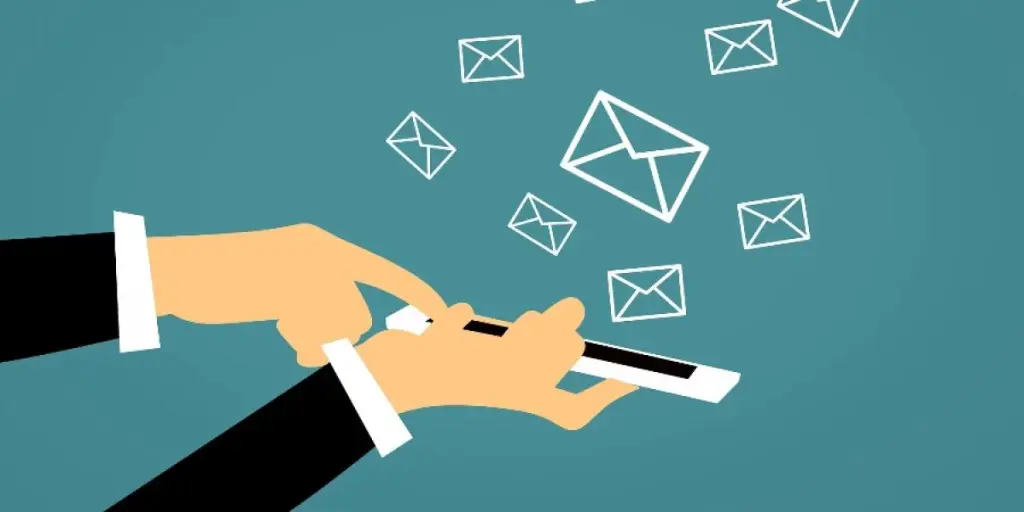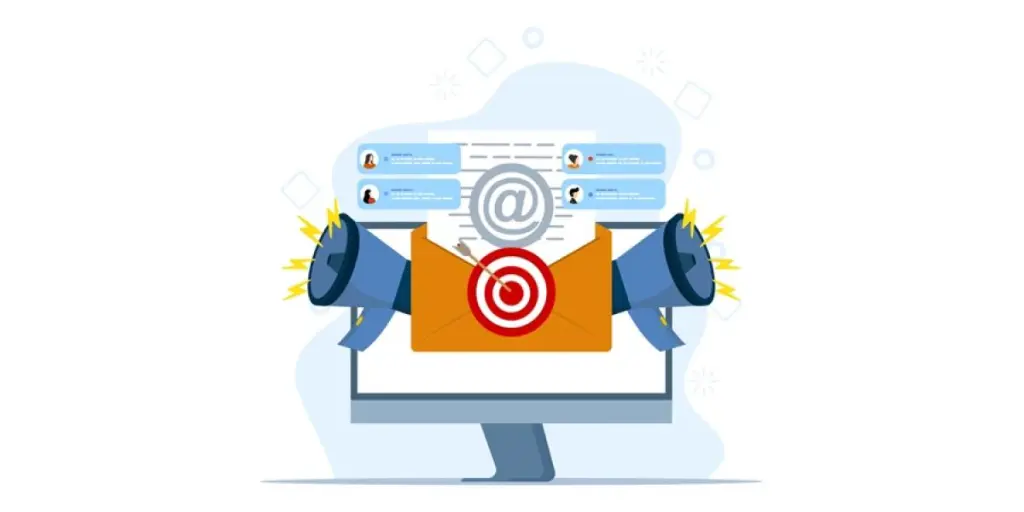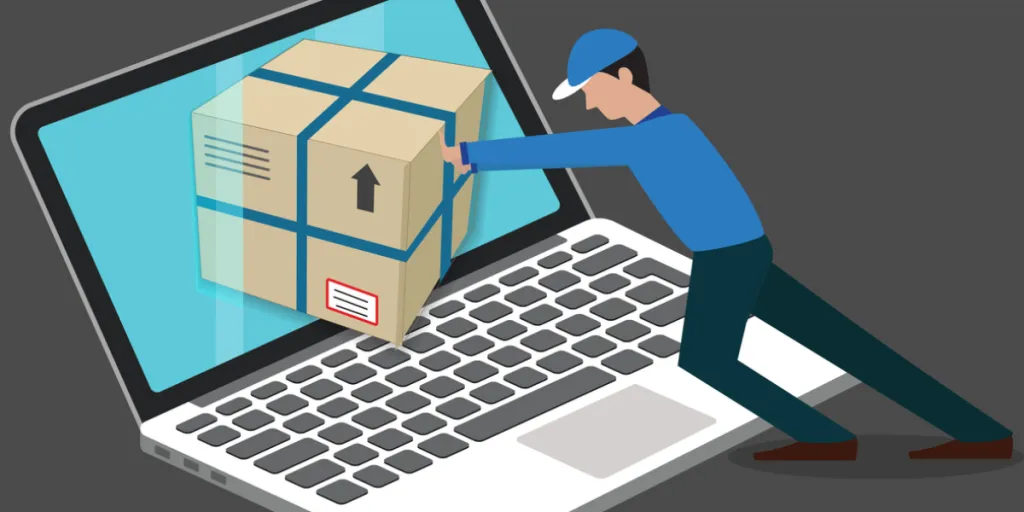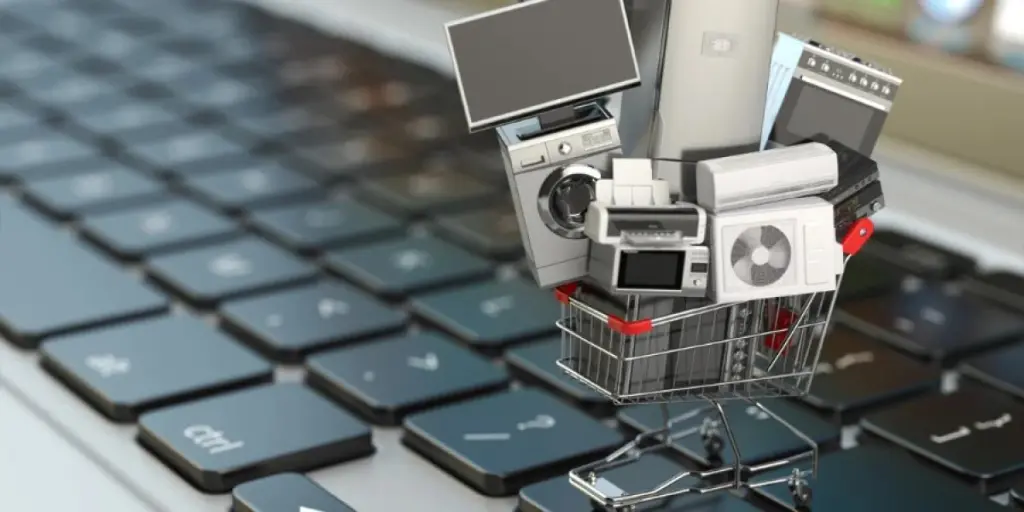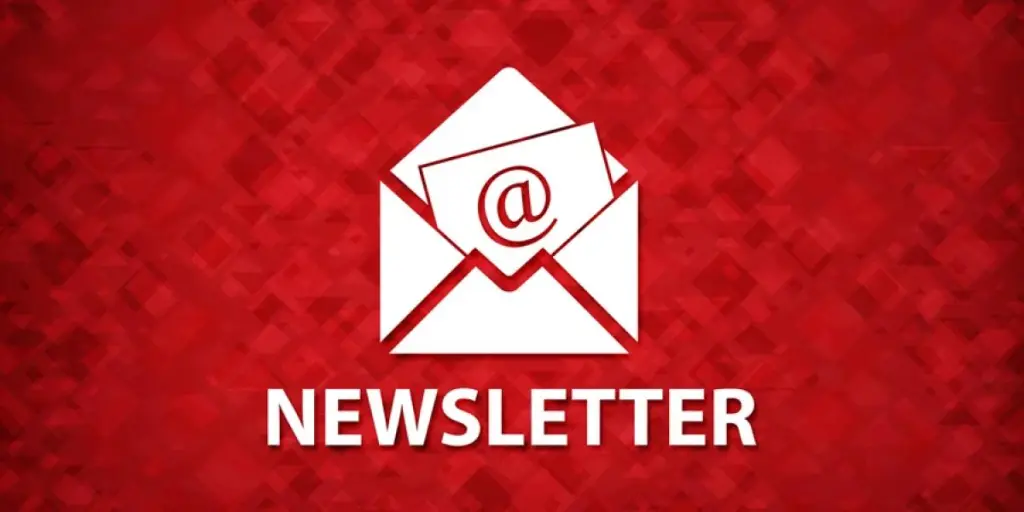Table of Contents
1. What is email etiquette?
2. Why is email etiquette important?
3. 19 email etiquette rules
4. Wrap up
Email etiquette is an essential professional skill to hone. Customers and people you work with will often only interact through email, and they will build their impression of you based on how you handle your messaging. Proper email etiquette is about following guidelines that make your messages clear, respectful, and purpose-filled.
By sticking to these 19 essential rules, you can write emails that hit the mark, whether you’re talking to colleagues, clients, or friends. This guide covers everything from writing subject lines that grab attention to smoothly handling group messages.
What is email etiquette?
Email etiquette is the set of rules that guide appropriate conduct when writing, sending, and replying to emails. Depending on the situation, these guidelines help define the correct voice and tone.
Why is email etiquette important?
Email is still the primary communication method for most business interactions. Poor email etiquette can cause confusion, hurt your reputation, and even lose customers. Showing solid business email etiquette can help you build relationships, provide value, and build your reputation amongst your colleagues and customers.
Here are some of the reasons you should spend time perfecting this skill:
- Clarity and effectiveness: Clear emails limit confusion and misunderstandings. Everyone on the same page means things get done faster and more efficiently.
- Professionalism and credibility: Fair or not, recipients will judge your adeptness as a professional by how you interact with them via email and other messages. Communicating professionally will help you define how you want people to see you as a professional.
- Relationship building: Some of your relationships may only exist over email. Your email tone and voice is the equivalent of your handshake.
- Time management: Respect other people’s time, and they will respect yours. Clear, concise, and efficient emails set the tone for an efficient working relationship.
- Avoiding offense and conflict: Understanding what is appropriate to send in an email and what should be avoided can help you avoid uncomfortable or potentially career-ending mishaps.
- Legal and security considerations: Every email you send is a digital record. Email etiquette is as much about what you need to keep out of emails as what you should put in them.
The power of positive impressions
When you take the time to write well-written, thoughtful emails, you’re not just writing a note but also leaving a lasting impression on the people you’re sending to. Every email is a chance to show how professional, understanding, and detail-oriented you are, whether you’re reaching out to a possible client, working with someone at your job, or just catching up with a friend.
19 email etiquette rules
We will break the unwritten rules of proper email etiquette for business into 19 easy-to-reference rules. Following these guidelines will help you take your email writing to a new level.
1. Clear subject lines
The subject line is the door to your email. It has to catch the reader’s eye. Write short, clear subject lines that show your message and make people want to read more.
- Use best practices to develop great subject lines that get more people to open your emails
- Add a personal touch to subject lines
- When it makes sense, add some urgency to bump up open rates by 22%
If you need help writing great subject lines, we have you covered. Try our subject line generator tool or test your own subject lines with our tester.
2. Professional email addresses
Your email address will be the first thing that recipients see alongside your subject line. Having an unprofessional email address will lead to your message hitting the trash folder. Pick an address with your name or initials so people take you seriously and trust you.
- Don’t use personal addresses with nicknames or hobbies that might seem unprofessional
- Make a work email to keep personal and job stuff separate if you need to
Note: Don’t forget that although email addresses are not case sensitive, using uppercase and lowercase letters can impact how people perceive you.
3. Personalized greetings
When you send an email, say the person’s name. It shows you care about them and have sent this message because you think it’s relevant to them. Pick a greeting that matches how you know each other and why you’re writing.
- Don’t use greetings like “Dear Sir/Madam” for everyone
- Make sure you spell their name correctly
4. Polite introductions
Begin your email with a salutation that fits the reason for the email. Tell them who you are, let them know why you’re sending the email, and always remember to thank them for their time.
- For work emails, don’t start with words that are too informal
- Mind your manners from start to finish
5. Formal tone
Write your emails in a style that is fitting for work. You aren’t sending a text message to your best friend. Use words that are simple and to the point. Be clear and concise. Focus on sharing your message, not trying to sound smart.
- Don’t use slang or talk like you’re with friends
- Get rid of words you don’t need or say more than once
- Keep it all business and serious
6. Brief paragraphs
Keep readers interested. Write short paragraphs about one main idea. Try for a maximum of three sentences per paragraph. This length lets you explain your thoughts without losing the reader.
- Stay away from long, confusing sentences that may puzzle your readers
- Pick shorter, snappier paragraphs to keep your audience engaged
7. Lists for clarity
Lists are a great tool to keep an email organized and actionable. They split topics into small, easy points that readers can quickly understand. First, figure out the main idea or message you want to share. Next, pick the best list type — numbered, bulleted, or lettered — to match your content. Be careful not to overuse lists or make them too long, as this can make them less powerful.
- Figure out the main theme or takeaway for your list
- Pick the list format that best fits your content
- Use lists carefully to keep their maximum impact
8. Proofread carefully
Always carefully review your writing before sending an email or putting out content. Watch for mistakes in spelling, grammar, or punctuation. Consistency is key, so make sure your style, tone, and formatting stay the same throughout. Pay extra attention to proper nouns and names, as mistakes in these areas stand out.
While spell-check and grammar tools can be useful, don’t count on them alone. Taking the time to proofread your work shows you care about quality and have an eye for detail.
- Check proper nouns and names to make sure they’re correct
- Use spell-check and grammar tools to start, but trust your judgment
9. Avoid caps lock
When you write an email, don’t use all capital letters. It is the digital equivalent of screaming, and no one wants to be shouted at over email. If you’re trying to emphasize something important, other formatting options like underlining or bolding words are more effective. That way, you can make your point without causing a tonal issue.
- There is no professional use for words in all caps
- Make important things stand out by making them bold, slanted, or underlined
10. Mindful tone
As you write your email, take a second to imagine how the person reading it might feel. As a guiding rule, writing emails while you’re overly emotional is not a great idea. Your tone and word choice are going to be a documented record. When sharing news that might emotionally impact the recipient, try to think about it from many perspectives.
- Pick the right tone and words to communicate in a way that takes the other person’s feelings into consideration
- Look at the situation you’re writing about from the recipient’s perspective
- Show empathy
- Stay calm and helpful, even during difficult conversations
11. Timely responses
In the busy business world, it’s important to respond quickly — it keeps customers happy and coming back. Setting up your response schedule as a part of your daily tasks is a good practice to ensure that emails are never left unanswered in your inbox. Use tagging and labeling to mark priority emails from your daily email list.
Even if you set up a daily task for email responses, stay vigilant of urgent messages that hit your inbox and try to write back in minutes or hours — especially for customer emails.
- Make a daily task for email maintenance
- Tag and label emails for prioritization
12. Informative signatures
Email signatures are valuable real estate in your email. They allow you to inform your recipient about the different ways they can stay in contact with you. Put your name, what you do, where you work, and how to reach you in your email signature.
- Add links to professional social websites like LinkedIn
- Don’t add links to your personal social media profiles
- Keep your signature simple and match your company’s style
Bonus tip: Learn more about the different parts of an email and how to send great email sign-offs.
13. Respect recipients’ time
The easiest way to keep people opening your emails is to master the art of being concise. Show the people you’re writing to that you care about their time. No one wants to spend forever reading a super long email.
- Write a clear subject line that tells what the email is about
- Get straight to the point
- Use short paragraphs, bullet points, and numbered lists
- Say exactly why you’re sending the email
- Be clear on the next steps that need to be done after the email
14. Double-check recipients
Look over your list of people getting the email before you send it. This critical step stops mix-ups and uncomfortable follow-ups.
- Check the “To,” “Cc,” and “Bcc” boxes closely
- Be careful using auto-fill
- Consider who needs to be included based on their role
15. Avoid chain and irrelevant emails
Professional settings aren’t the place for chain emails. Also, refrain from using email to discuss personal information and interests — email is not the correct platform for these messages in a work setting.
- Messages sent to lots of people clog up inboxes and waste precious time
- Chain emails are a security threat
- Emails that aren’t about work don’t have a place at work
16. Caution with humor
Tone is difficult to read in an email. Trying to share humor or sarcasm in emails often falls flat and, in the worst case, can offend. It’s best to leave the joking to offline interactions.
- Humor and sarcasm don’t come across well in writing
- Don’t use swear words or inappropriate content
- Play it safe and leave the joking for later
17. Relevant attachments
Keeping attachments focused is as important as keeping your email copy clear. Here’s how to make your attachments better:
- Keep files under 10MB
- Don’t send .exe or .bat files
- Give attachments names that make sense
18. Minimal emojis
Emojis can make emails fun, but don’t use too many when discussing work. Emails aren’t text messages and in a professional setting, emojis can look immature. To use emojis correctly, try to limit them to the subject line or salutation.
Learn more about using emojis in your subject lines to improve open rates.
19. Trimmed replies
When you reply to an email, cut out any parts of the old message you don’t need. This keeps the thread from slowly snowballing into a big mess. Here’s how to make your replies neat:
- Pick what you want to focus on from the previous message and cut the rest
- Use “…” to show where you cut something out from the middle of what somebody said before
Wrap up
Email etiquette is a critical professional skill. Building a solid set of rules that you follow will help you optimize how you communicate and how people perceive you as a professional. Using the 19 rules in this guide will help you write emails that are easy to understand, polite, and move people to action.
Think about who will read your email and why you’re writing it. Always be polite, get to the point, and use a professional tone in your emails. Read over your messages carefully to make sure they’re clear and that you have the right recipients. Don’t use CC/BCC too much. Don’t sound too casual. And don’t send emails that aren’t needed.
By consistently applying these email etiquette principles, you’ll enhance your professional communication skills, foster better relationships, and ultimately contribute to a more efficient and respectful workplace environment.
Source from Omnisend
Disclaimer: The information set forth above is provided by omnisend.com independently of Alibaba.com. Alibaba.com makes no representation and warranties as to the quality and reliability of the seller and products.
